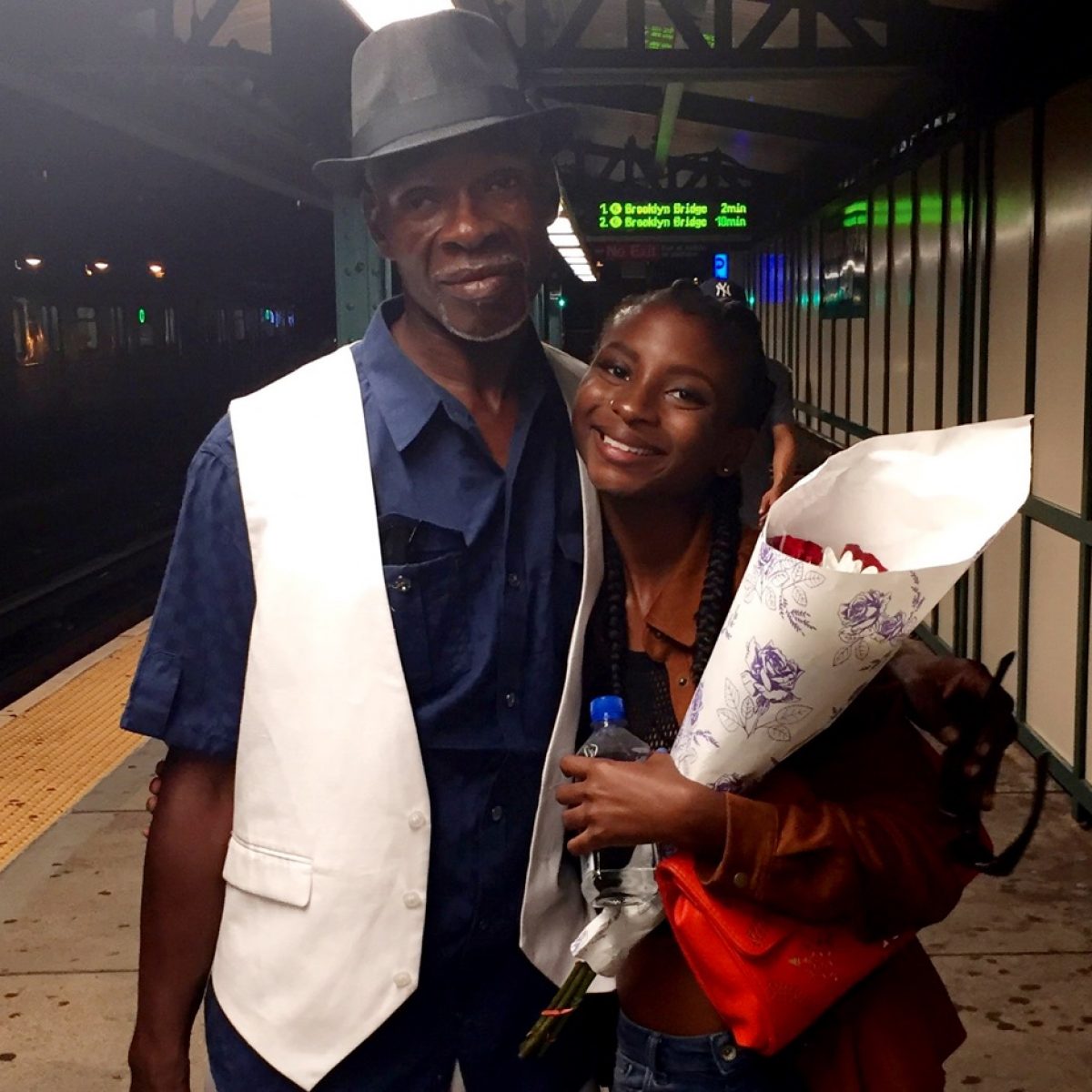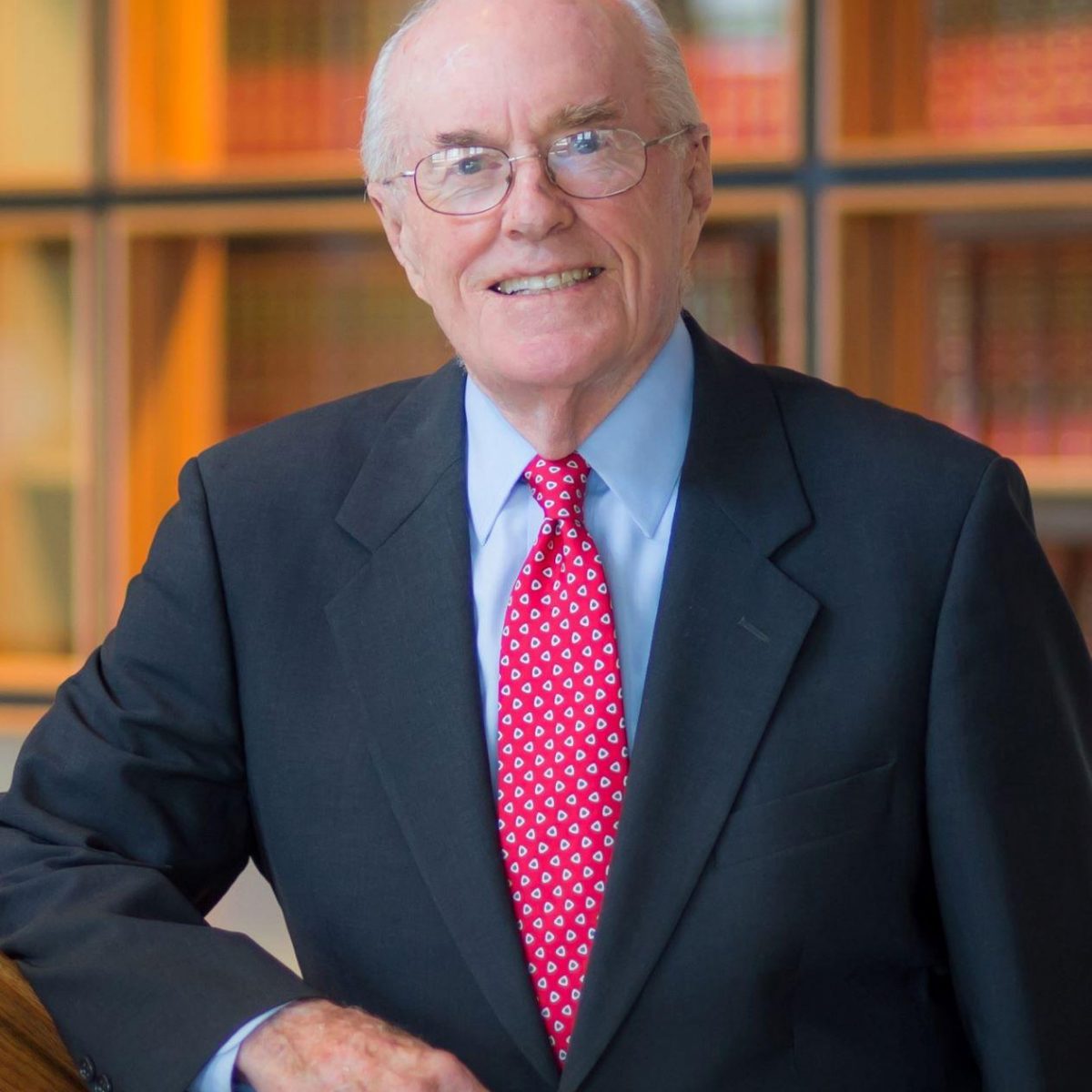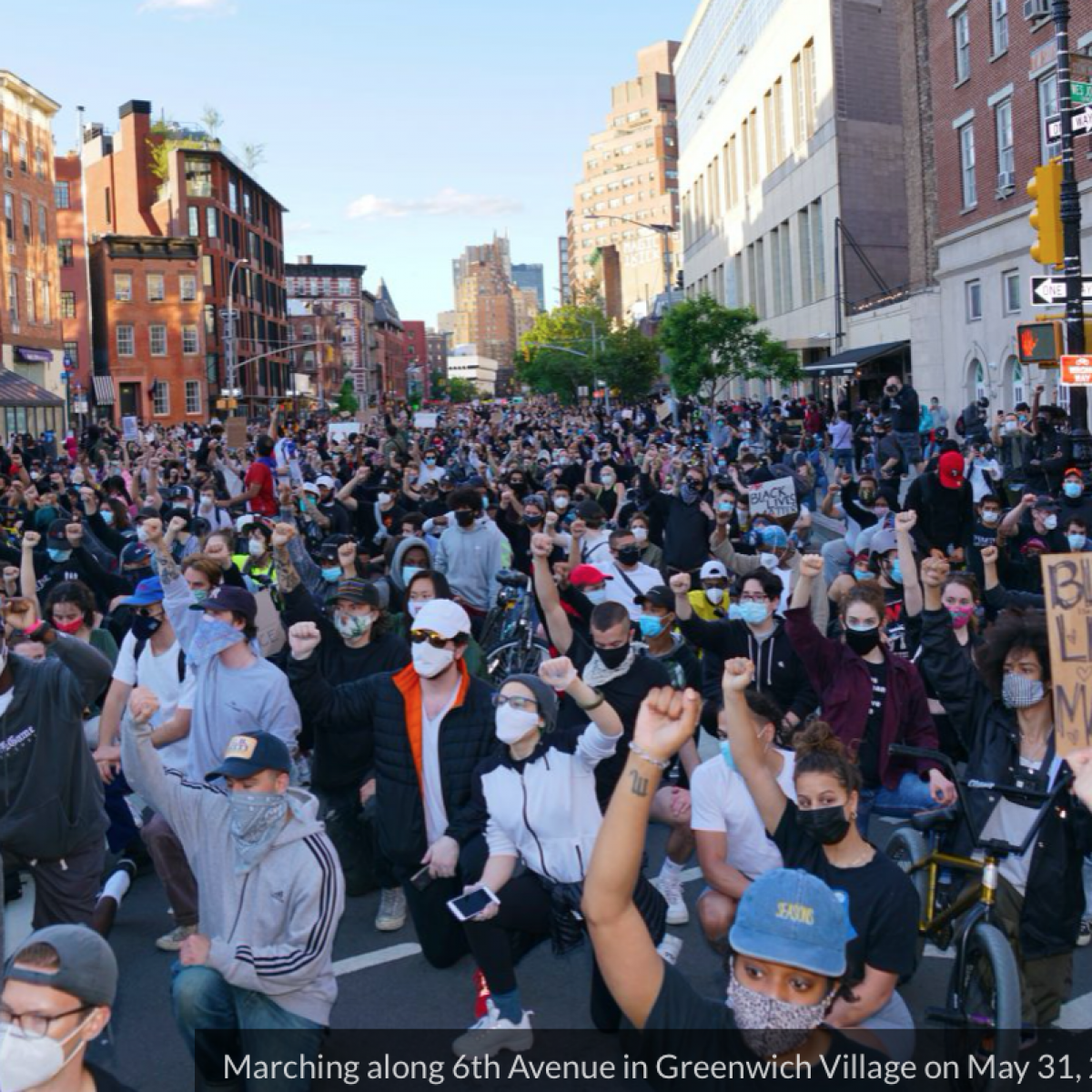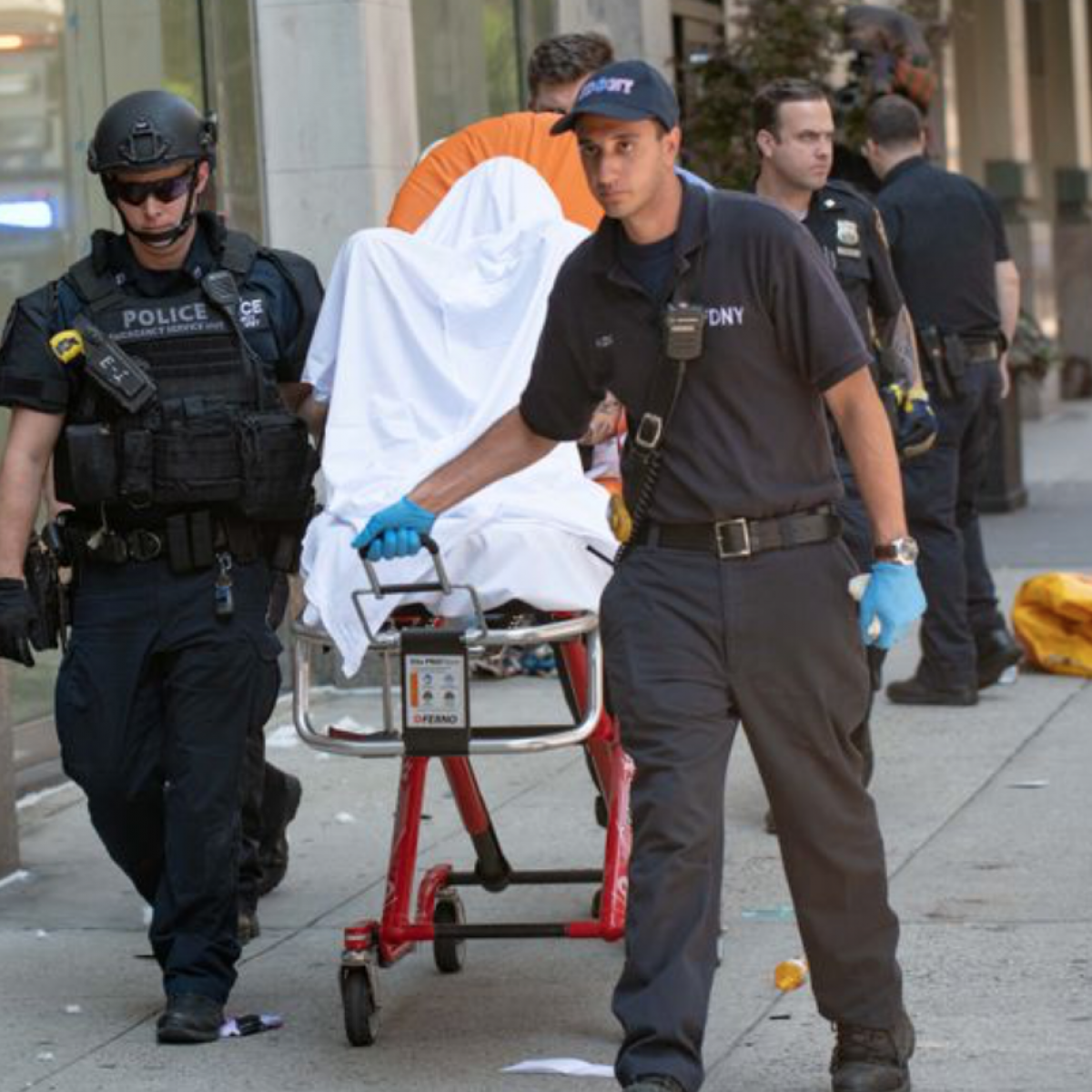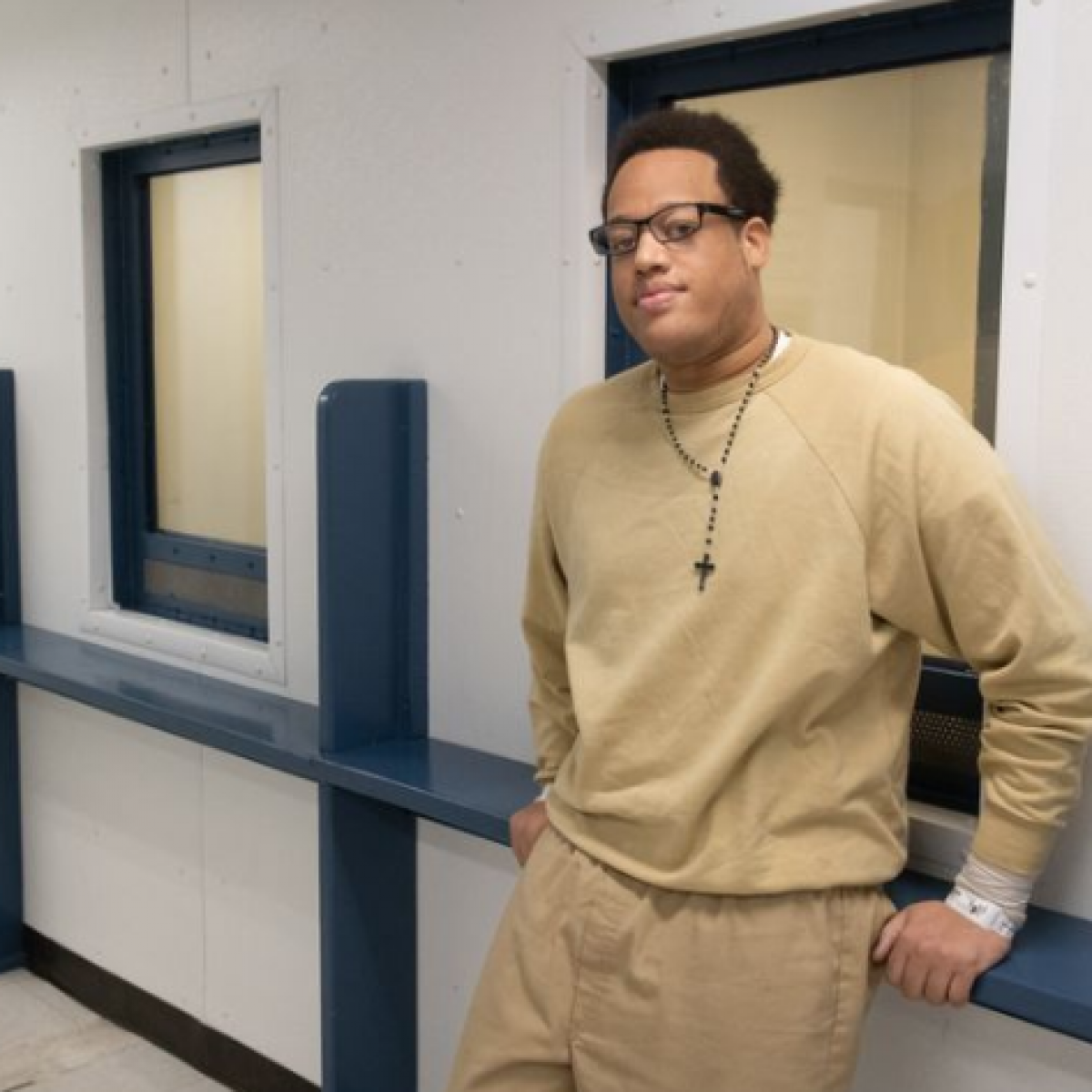In 1965, Medicaid was enacted to ensure that at least some low-income people had access to health care. From the start, incarcerated low-income people were flatly excluded from coverage. A bipartisan bill re-introduced by Reps. Annie Kuster (D-N.H.) and Brian Fitzpatrick (R-Pa.), and co-sponsored by Sen. Cory Booker (D-N.J.), could change that. The Humane Correction Health Care Act repeals the “Medicaid Inmate Exclusion” (MIE) rule, which strips low-income incarcerated people, even those presumed innocent pending trial, of their health benefits.
Either way, whether in jail or prison, the MIE shuts off federal Medicaid dollars to a population often in desperate need of mental and physical health care and affects thousands of incarcerated people. According to the bi-partisan U.S. House of Representatives Task Force on Substance Use Disorders and Mental Health, 60% of people in U.S prisons and jails meet the clinical criteria for a substance use disorder. About 40% have a diagnosed mental health disorder and some 20%, or almost 400,000 people, have serious mental illness.
Equally problematic, the MIE rule has been applied to defendants even outside of prisons and jails. When someone ends up incarcerated due to the untreated symptoms of mental illness or substance use disorders, diversion and treatment outside of the criminal justice system should be the goal. Yet a poorly understood fact is that the MIE’s tentacles extend to community-based treatment facilities, due to guidance issued by the Obama administration in 2016.
The 2016 guidance denies Medicaid benefits even if a defendant is diverted from prison or jail to a community-based residential facility for treatment, unless that facility allows “freedom of movement” to essentially come and go at will. For those living with some serious mental illnesses who may need supervision, including reasonable limits on movement until they can safely reenter the community unaccompanied, the guidance all but eliminates them from possible diversion. That’s because treatment providers need Medicaid revenue to provide the higher level of services and care this otherwise uninsured population typically requires.
Generally, where there is a gap in service, there is a gap in funding. In the case of the MIE rule, its stranglehold on Medicaid funding has stifled innovation and the availability of secure, therapeutic community-based supportive residential housing — the very kind of housing and services many in this population urgently need to get well and stay out of Rikers and upstate prisons.
Just ask Sookwaite Morrison, the mother of a son who has been arrested 12 times this year alone and is unable to remain in treatment. Sadly, her son could wind up the next front-page story involving a very small percentage of people with untreated serious mental illness whose fate, and the fate of impacted family or bystanders, could have been different had Medicaid resources been available for specialized residential diversion programs the first time they landed in jail.
As infuriating as the MIE rule itself, is the 2016 guidance which exempted from the “inmate exclusion” individuals under house arrest in their “private place of residence…despite the involuntary nature of the home confinement scenario.” This home confinement loophole lays bare what’s really behind the MIE, and it has little to do with the alleged protection of civil rights or freedom of movement. It’s about money and, because this is a justice-involved population, racism.
Simply put, most people on house arrest have the means to pay for a home, not to mention expensive electronic monitoring that goes with it. Costs for electronic monitoring can often exceed what many pay for rent. The chances of someone with serious mental illness who is also on Medicaid being able to afford house arrest are slim. Federal regulators surely knew that, just as Congress understood what they were doing by including the Institutions of Mental Disease (IMD) rule in the original Medicaid law, the inmate exclusion rule’s evil twin.
The IMD denies Medicaid to patients admitted to psychotherapeutic facilities with more than 16 beds and was intended to end federal funding for large mental asylums. Congress figured if IMD service providers couldn’t achieve “scale” and spread costs, asylums and the problem, would go away.
They were half right and all wrong. Asylums did go away for poor people, only to be replaced by prisons and jails. For the wealthy, high-priced mental health facilities not only never went away, they were never deemed inhumane, unnecessary or cruel, because like anything else, or almost anything else, you get what you pay for, except in the insane criminal justice world where we try to “treat” brain diseases behind bars, spend a fortune to get poor results, then wonder why.
Together, these two rules have done exactly what their founders intended: Deny expensive coverage to poor people with the most serious forms of mental illness, the same people who also end up being incarcerated, homeless or prematurely dead.
Roberts is executive director of the Greenburger Center for Justice.






